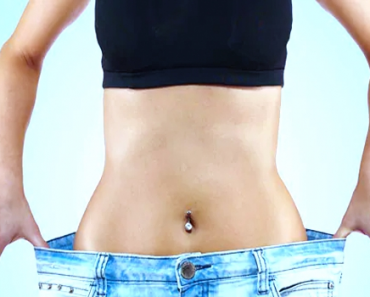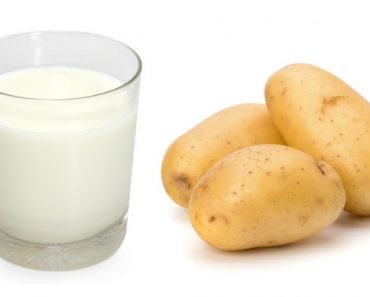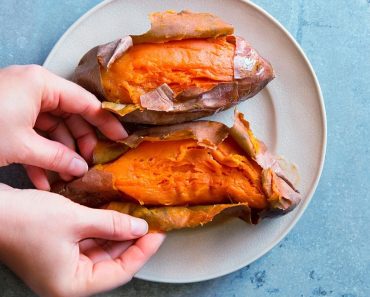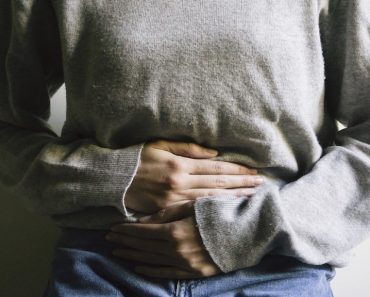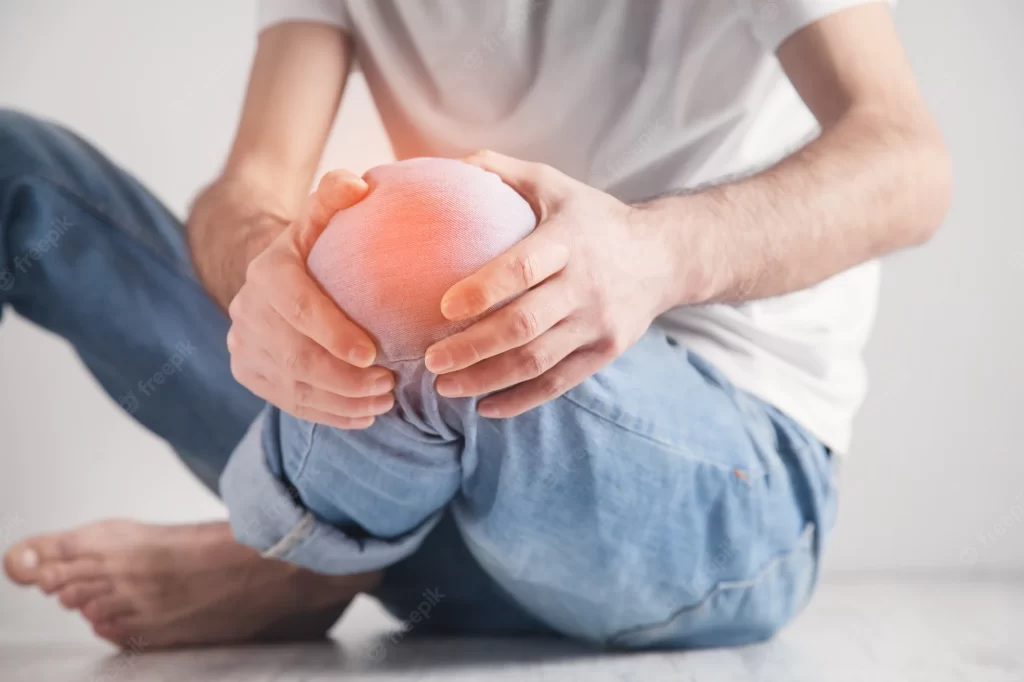
The term “knee pain” refers to a variety of ailments, including discomfort and irritability in the knee joints.
Is it a degenerative disorder, in which case the side effects are likely to get worse with time, or is it an immune system condition that causes joint pain with extra-articular side effects that are characterized by violent flare-ups and a protracted clinical course?
